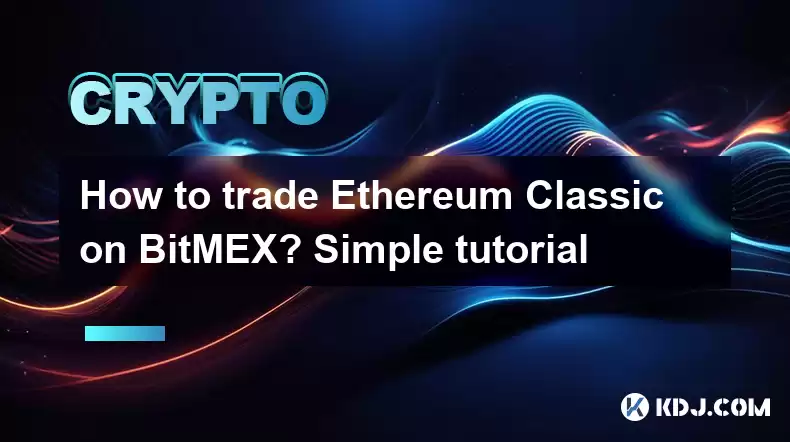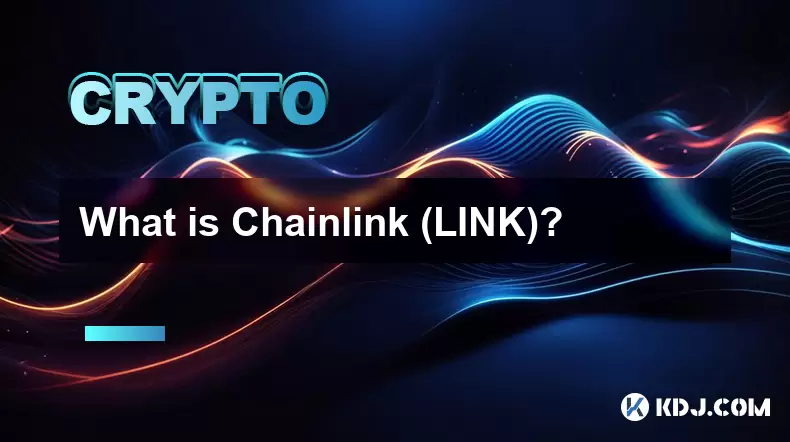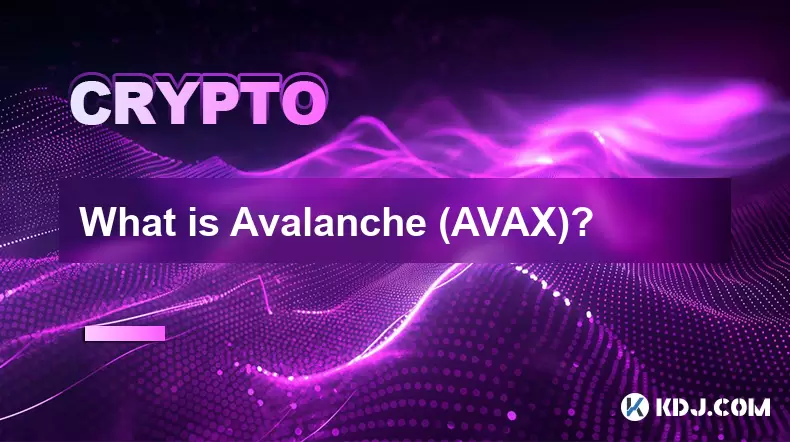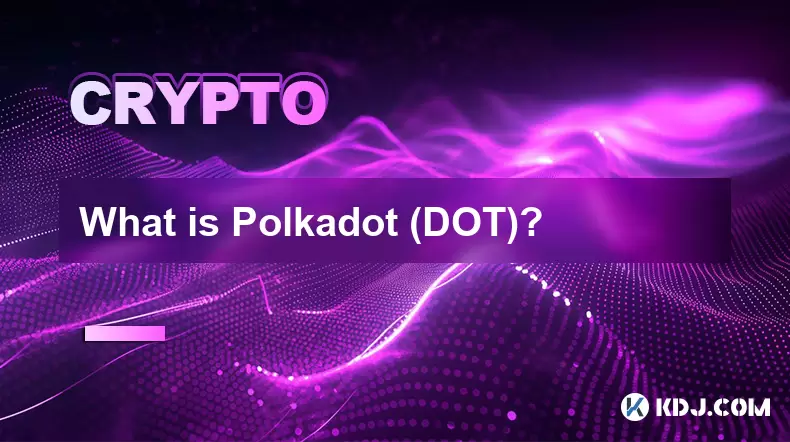-
 Bitcoin
Bitcoin $118000
0.67% -
 Ethereum
Ethereum $3750
0.71% -
 XRP
XRP $3.183
1.61% -
 Tether USDt
Tether USDt $1.000
-0.01% -
 BNB
BNB $788.1
1.21% -
 Solana
Solana $186.0
0.85% -
 USDC
USDC $0.9999
-0.02% -
 Dogecoin
Dogecoin $0.2373
1.25% -
 TRON
TRON $0.3204
1.76% -
 Cardano
Cardano $0.8266
1.85% -
 Hyperliquid
Hyperliquid $44.04
1.28% -
 Sui
Sui $4.192
5.88% -
 Stellar
Stellar $0.4399
2.63% -
 Chainlink
Chainlink $18.40
1.19% -
 Hedera
Hedera $0.2842
9.06% -
 Bitcoin Cash
Bitcoin Cash $560.5
2.46% -
 Avalanche
Avalanche $24.99
4.58% -
 Litecoin
Litecoin $114.5
1.25% -
 UNUS SED LEO
UNUS SED LEO $8.980
-0.03% -
 Shiba Inu
Shiba Inu $0.00001406
0.53% -
 Toncoin
Toncoin $3.306
4.27% -
 Ethena USDe
Ethena USDe $1.001
0.03% -
 Polkadot
Polkadot $4.169
2.37% -
 Uniswap
Uniswap $10.56
1.95% -
 Monero
Monero $322.8
1.06% -
 Dai
Dai $0.0000
0.00% -
 Bitget Token
Bitget Token $4.545
0.12% -
 Pepe
Pepe $0.00001261
1.29% -
 Aave
Aave $296.5
1.27% -
 Cronos
Cronos $0.1379
5.90%
How to trade Ethereum Classic on BitMEX? Simple tutorial
Trading ETC on BitMEX involves setting up an account, depositing BTC, and using up to 50x leverage on ETC/USD perpetual contracts for potential high rewards and risks.
Apr 12, 2025 at 07:00 pm

Trading Ethereum Classic (ETC) on BitMEX can be a rewarding experience for those interested in cryptocurrency futures. BitMEX is a popular platform known for its advanced trading features and high leverage options. To start trading ETC on BitMEX, you'll need to follow a few simple steps. This tutorial will guide you through the process of setting up an account, depositing funds, and executing trades on ETC futures contracts. Whether you're a beginner or an experienced trader, understanding these steps will help you navigate BitMEX effectively and take advantage of the opportunities in the Ethereum Classic market.
Setting Up a BitMEX Account
To begin trading Ethereum Classic on BitMEX, the first step is to set up an account. Visit the BitMEX website and click on the "Register" button. You'll need to provide an email address and create a strong password. After registering, you'll receive a confirmation email. Click on the link in the email to verify your account. Once your account is verified, log in to BitMEX. For added security, enable two-factor authentication (2FA) by going to the "Security" section of your account settings and following the prompts to set up 2FA using an authenticator app.
Depositing Funds into Your BitMEX Account
After setting up your account, the next step is to deposit funds. BitMEX only accepts deposits in Bitcoin (BTC). To deposit, go to the "Account" section and click on "Deposit." You'll see a Bitcoin address where you can send your funds. Copy this address and use it to send Bitcoin from your wallet to your BitMEX account. The minimum deposit amount is 0.001 BTC. Once your deposit is confirmed on the blockchain, the funds will be available in your BitMEX account. You can then use these funds to trade Ethereum Classic futures.
Understanding Ethereum Classic Futures on BitMEX
Before you start trading, it's important to understand how Ethereum Classic futures work on BitMEX. ETC futures are contracts that allow you to speculate on the future price of Ethereum Classic. BitMEX offers perpetual contracts, which means they do not have an expiration date. The contract size for ETC/USD is 1 ETC, and the minimum trade size is 1 contract. The leverage available for ETC futures can be up to 50x, which means you can control a larger position with a smaller amount of capital. However, higher leverage also increases the risk of liquidation.
Placing an Ethereum Classic Futures Trade
To place an ETC futures trade on BitMEX, navigate to the "Trade" section and select the ETC/USD perpetual contract. You'll see a trading interface where you can enter your trade details. Here's how to place a trade:
- Choose your order type: You can choose between a "Market" order, which executes immediately at the current market price, or a "Limit" order, which executes at a specified price.
- Enter the quantity: Specify the number of contracts you want to trade.
- Set the leverage: Adjust the leverage to your desired level, keeping in mind the risks associated with higher leverage.
- Submit the order: Click on "Buy" if you think the price of ETC will rise, or "Sell" if you think it will fall.
Once your order is filled, you'll see your position in the "Positions" section of your account.
Managing Your Ethereum Classic Futures Position
After entering a trade, it's crucial to manage your position effectively. BitMEX provides several tools to help you do this. You can set stop-loss and take-profit orders to automatically close your position at specified price levels. To set these orders, go to the "Positions" section, select your ETC/USD position, and enter the desired stop-loss and take-profit prices. You can also monitor your position's performance using the "Profit/Loss" and "Liquidation Price" indicators. If the market moves against your position, you may need to add more margin to avoid liquidation. You can do this by going to the "Margin" section and depositing additional funds.
Closing Your Ethereum Classic Futures Position
When you're ready to close your ETC futures position, you can do so by placing an opposite order. If you're long (bought) ETC, you'll need to sell the same number of contracts to close your position. If you're short (sold) ETC, you'll need to buy the same number of contracts. To close your position, go to the "Trade" section, select the ETC/USD perpetual contract, and enter the quantity of contracts you want to close. Choose the "Market" order type to close your position immediately at the current market price, or use a "Limit" order to close at a specified price. Once your order is filled, your position will be closed, and any profits or losses will be reflected in your account balance.
Withdrawing Funds from BitMEX
After closing your ETC futures position, you may want to withdraw your funds from BitMEX. To do this, go to the "Account" section and click on "Withdraw." Enter the amount of Bitcoin you want to withdraw and the Bitcoin address where you want to send the funds. BitMEX may require additional verification steps for withdrawals, so be prepared to provide any necessary information. Once your withdrawal request is processed, the funds will be sent to your specified Bitcoin address. Keep in mind that BitMEX charges a withdrawal fee, which is deducted from the amount you withdraw.
Common Questions About Trading Ethereum Classic on BitMEX
Q: What is the minimum amount required to start trading ETC on BitMEX?
A: The minimum deposit amount on BitMEX is 0.001 BTC. However, the minimum trade size for ETC/USD futures is 1 contract, which represents 1 ETC. The amount of Bitcoin required to trade 1 ETC will depend on the current ETC/BTC exchange rate and the leverage you choose.
Q: Can I trade ETC on BitMEX with leverage?
A: Yes, BitMEX offers leverage of up to 50x for ETC/USD perpetual contracts. This means you can control a larger position with a smaller amount of capital, but it also increases the risk of liquidation.
Q: How do I set a stop-loss order on BitMEX for ETC futures?
A: To set a stop-loss order, go to the "Positions" section, select your ETC/USD position, and enter the desired stop-loss price. This will automatically close your position if the market reaches that price level.
Q: What happens if my ETC futures position gets liquidated on BitMEX?
A: If your position is liquidated, BitMEX will close your position at the current market price to prevent further losses. Any remaining funds in your account after liquidation will be available for withdrawal, but you may incur a loss if the liquidation price is unfavorable.
Q: How long does it take to withdraw funds from BitMEX?
A: Withdrawal processing times can vary, but BitMEX typically processes withdrawals within 24 hours. Once processed, the time it takes for the funds to reach your Bitcoin address depends on the Bitcoin network's congestion and transaction fees.
Q: Can I trade ETC futures on BitMEX 24/7?
A: Yes, BitMEX operates 24/7, allowing you to trade ETC futures at any time. However, be aware that market liquidity and volatility can vary depending on the time of day and market conditions.
Q: What fees are associated with trading ETC on BitMEX?
A: BitMEX charges a taker fee of 0.075% and a maker fee of -0.025% for ETC/USD perpetual contracts. There is also a funding fee that is exchanged between long and short positions every 8 hours to keep the contract price in line with the spot market.
Disclaimer:info@kdj.com
The information provided is not trading advice. kdj.com does not assume any responsibility for any investments made based on the information provided in this article. Cryptocurrencies are highly volatile and it is highly recommended that you invest with caution after thorough research!
If you believe that the content used on this website infringes your copyright, please contact us immediately (info@kdj.com) and we will delete it promptly.
- Tron ETF, Staking Rewards, and Institutional Capital: A New Era for TRX?
- 2025-07-27 12:50:13
- Bitcoin Reserves, Price, and Hyper Up: Riding the Crypto Wave to $1M?
- 2025-07-27 12:55:12
- Smart Money Moves: Wallet Withdrawal, SPX Accumulation, and What It All Means
- 2025-07-27 12:30:12
- Ethereum, Justin Sun, and Market Speculation: A Crypto Cocktail
- 2025-07-27 12:30:12
- Meme Coins in July 2025: Bitcoin Takes a Backseat?
- 2025-07-27 10:30:12
- HIFI Price Eyes Breakout: Downtrend Line in the Crosshairs?
- 2025-07-27 10:30:12
Related knowledge

What is Chainlink (LINK)?
Jul 22,2025 at 02:14am
Understanding Chainlink (LINK): The Decentralized Oracle NetworkChainlink is a decentralized oracle network designed to bridge the gap between blockch...

What is Avalanche (AVAX)?
Jul 22,2025 at 08:35am
What is Avalanche (AVAX)?Avalanche (AVAX) is a decentralized, open-source blockchain platform designed to support high-performance decentralized appli...

What is Polkadot (DOT)?
Jul 19,2025 at 06:35pm
Understanding the Basics of Polkadot (DOT)Polkadot (DOT) is a multi-chain network protocol designed to enable different blockchains to transfer messag...

What is Litecoin (LTC)?
Jul 23,2025 at 11:35am
Overview of Litecoin (LTC)Litecoin (LTC) is a peer-to-peer cryptocurrency that was created in 2011 by Charlie Lee, a former Google engineer. It is oft...

What is Monero (XMR)?
Jul 21,2025 at 10:07am
What is Monero (XMR)?Monero (XMR) is a decentralized cryptocurrency designed to provide enhanced privacy and anonymity for its users. Unlike Bitcoin a...

How to add indicators to Ethereum chart on TradingView?
Jul 19,2025 at 07:15am
What Is an Ethereum Chart on TradingView?The Ethereum chart on TradingView is a visual representation of the price movement of Ethereum (ETH) over a s...

What is Chainlink (LINK)?
Jul 22,2025 at 02:14am
Understanding Chainlink (LINK): The Decentralized Oracle NetworkChainlink is a decentralized oracle network designed to bridge the gap between blockch...

What is Avalanche (AVAX)?
Jul 22,2025 at 08:35am
What is Avalanche (AVAX)?Avalanche (AVAX) is a decentralized, open-source blockchain platform designed to support high-performance decentralized appli...

What is Polkadot (DOT)?
Jul 19,2025 at 06:35pm
Understanding the Basics of Polkadot (DOT)Polkadot (DOT) is a multi-chain network protocol designed to enable different blockchains to transfer messag...

What is Litecoin (LTC)?
Jul 23,2025 at 11:35am
Overview of Litecoin (LTC)Litecoin (LTC) is a peer-to-peer cryptocurrency that was created in 2011 by Charlie Lee, a former Google engineer. It is oft...

What is Monero (XMR)?
Jul 21,2025 at 10:07am
What is Monero (XMR)?Monero (XMR) is a decentralized cryptocurrency designed to provide enhanced privacy and anonymity for its users. Unlike Bitcoin a...

How to add indicators to Ethereum chart on TradingView?
Jul 19,2025 at 07:15am
What Is an Ethereum Chart on TradingView?The Ethereum chart on TradingView is a visual representation of the price movement of Ethereum (ETH) over a s...
See all articles

























































































